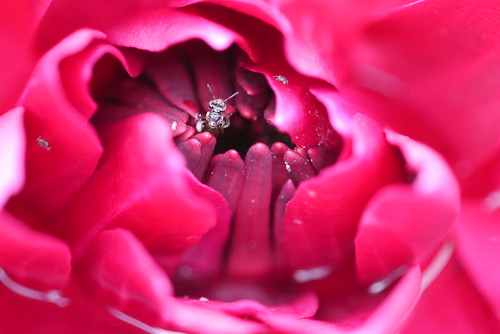[Introduction]
Earlier this year, Panasonic announced the launch of the "smallest and lightest digital interchangeable lens system camera" in their Lumix DMC-G3. This represents the start of Panasonic's 3rd generation of mirrorless compact system cameras, following the launches of their 2nd generation line-up of G2, GH2, and GF2 in 2010.


Panasonic Lumix DMC-G3
[Highlights]
- 16MP Live MOS sensor, up from the 12.1MP count in its predecessor
- Advanced AF system combining Light Speed AF with touch AF controls
- 1,440,000-dot Live View Finder and 460k dot articulated LCD with a touch-screen
- 1080i60 AVCHD with stereo microphones
- New "Photo Style" and "Creative Control"
Earlier this year, Panasonic announced the launch of the "smallest and lightest digital interchangeable lens system camera" in their Lumix DMC-G3. This represents the start of Panasonic's 3rd generation of mirrorless compact system cameras, following the launches of their 2nd generation line-up of G2, GH2, and GF2 in 2010.


Panasonic Lumix DMC-G3
[Highlights]
- 16MP Live MOS sensor, up from the 12.1MP count in its predecessor
- Advanced AF system combining Light Speed AF with touch AF controls
- 1,440,000-dot Live View Finder and 460k dot articulated LCD with a touch-screen
- 1080i60 AVCHD with stereo microphones
- New "Photo Style" and "Creative Control"
Last edited:












































